As businesses seek to improve their efficiency and stay ahead of the competition, they often turn to technologies like RPA and AI to automate tasks and gain valuable insights from data. While RPA and AI are both powerful tools, they have distinct differences that businesses need to understand in order to choose the right technology for their needs.
In this blog post, we’ll explore the differences between RPA and AI and how businesses can make the most of these technologies.
Understanding RPA
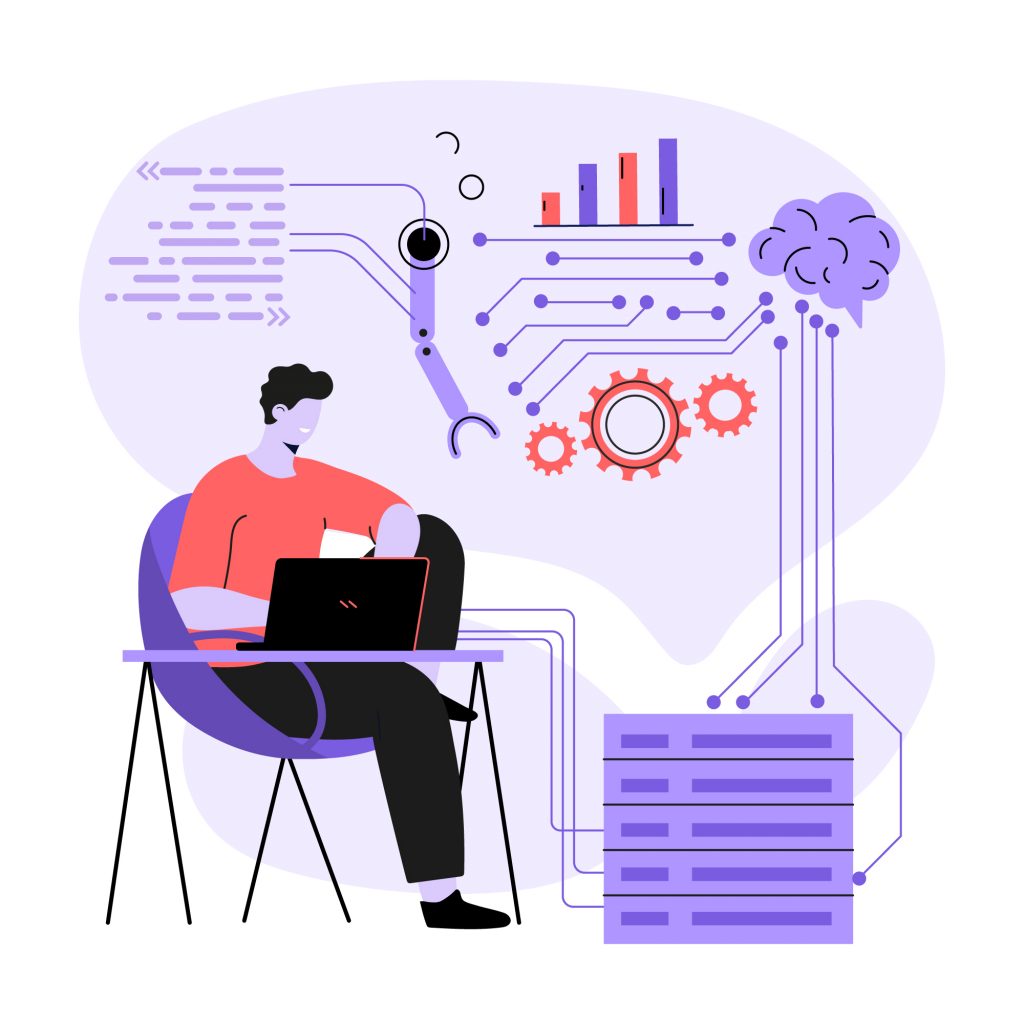
Robotic Process Automation (RPA) is a technology that uses software robots to automate repetitive tasks. RPA robots can be programmed to mimic human actions, such as clicking buttons or entering data into forms. This makes RPA an effective tool for automating manual processes and reducing errors.
Benefits of RPA
✅Increased efficiency: RPA robots can work 24/7 without taking breaks, leading to increased productivity and efficiency.
✅Reduced costs: By automating repetitive tasks, businesses can reduce their reliance on human labor and save on costs.
✅Improved accuracy: RPA robots can perform tasks with a high degree of accuracy, reducing the risk of errors.
Limitations of RPA
🔴Limited intelligence: RPA robots are programmed to follow specific rules and cannot make decisions on their own.
🔴Limited scalability: RPA is best suited for automating repetitive tasks on a small to medium scale.
🔴Limited flexibility: RPA robots are only able to perform tasks they have been programmed to do.
Understanding AI
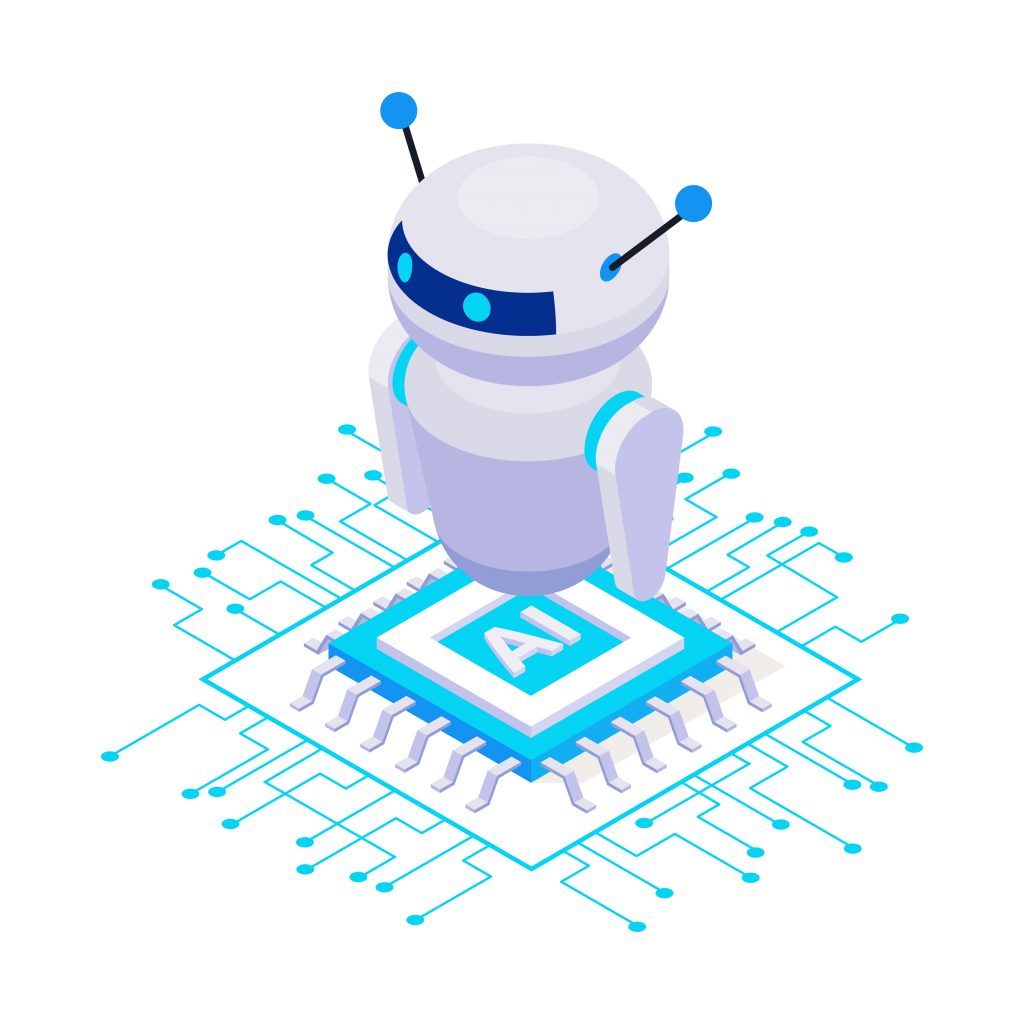
Artificial Intelligence (AI) is a technology that enables machines to learn from data and make intelligent decisions. AI can be divided into three categories: narrow or weak AI, general or strong AI, and artificial superintelligence.
Types of AI
🟩Narrow or Weak AI: This is AI that is designed to perform a specific task, such as image recognition or speech recognition.
🟩General or Strong AI: This is AI that is capable of performing any intellectual task that a human can do.
🟩Artificial Superintelligence: This is hypothetical AI that is more intelligent than humans in every way.
Benefits of AI
✅Improved decision-making: AI can analyze large amounts of data and make intelligent decisions based on that data.
✅Improved efficiency: AI can automate complex tasks that would be difficult or impossible for humans to perform.
✅Improved accuracy: AI can perform tasks with a high degree of accuracy, reducing the risk of errors.
Limitations of AI
🔴Lack of human intuition: AI lacks the ability to make intuitive decisions based on emotions or personal experiences.
🔴Potential for bias: AI systems can be biased based on the data they are trained on.
Differences Between RPA and AI
The fundamental difference between RPA and AI is that RPA is designed to automate repetitive tasks, while AI is designed to make intelligent decisions based on data. RPA is best suited for tasks that are rule-based and repetitive, while AI is best suited for tasks that require complex decision-making.
Comparison of Capabilities and Limitations
🟩RPA is best suited for automating repetitive tasks that follow a set of rules, while AI is best suited for tasks that require complex decision-making based on data.
🟩RPA is limited in its ability to adapt to new situations, while AI is designed to learn and adapt to new situations.
🟩RPA is less expensive and easier to implement than AI, while AI requires more resources and expertise to develop and implement.
🟩RPA can help businesses reduce costs and increase efficiency by automating repetitive tasks, while AI can help businesses make better decisions by analyzing large amounts of data and providing insights.
How to Choose Between RPA and AI
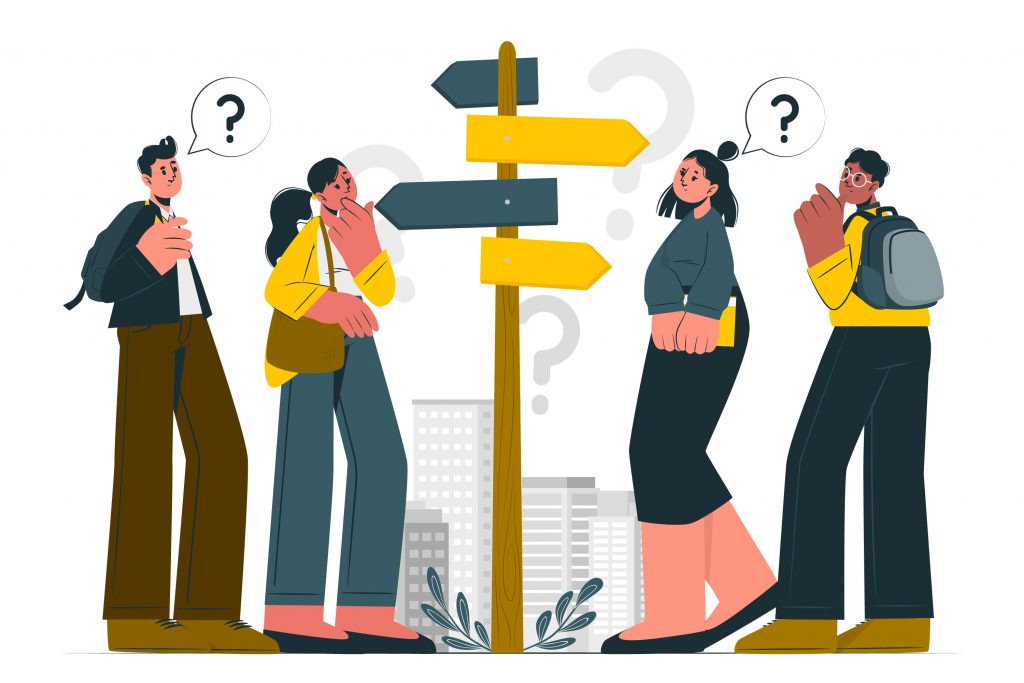
When deciding between RPA and AI, businesses should consider their specific needs and the tasks they want to automate.
If the task is repetitive and rule-based, RPA or structured chatbots may be the better choice. If the task requires complex decision-making based on data, AI or AI chatbots may be the better choice.
Businesses should also consider the resources they have available for developing and implementing these technologies.
RPA is less expensive and easier to implement than AI, but it has limitations in its ability to adapt to new situations. AI is more expensive and requires more resources to develop and implement, but it has the ability to learn and adapt to new situations.
🎯Therefore, we can say that – AI is more intuitive while RPA is more rule-based. One tool that can integrate with both AI and rule-based processes is chatbots.
Unleash the Combined Power of RPA and AI Using Chatbots
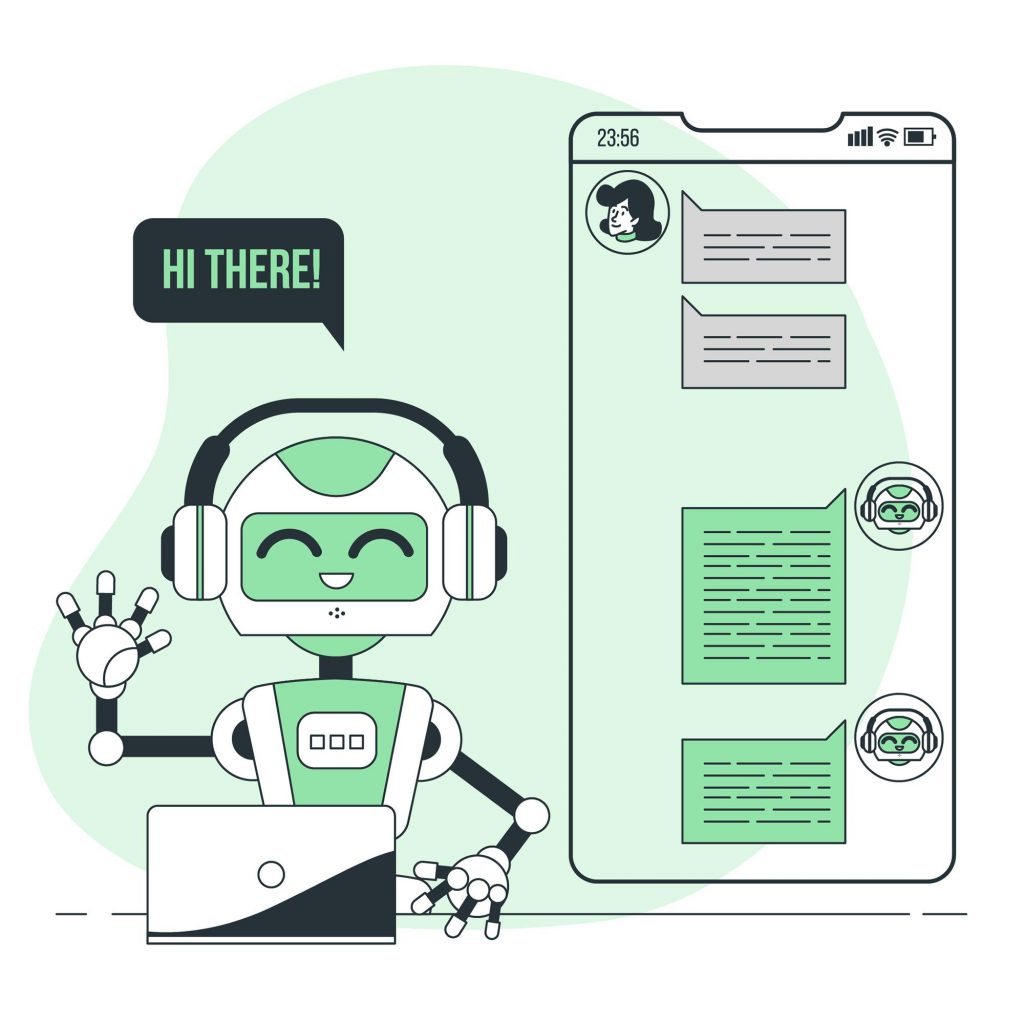
Whether you need a more rule-based system (like RPA) or would like a more intuitive or interactive interface (like AI), chatbots can handle both. Don’t believe me? Simply book a free demo and our experts will personally walk you through the entire process.

I am a creative thinker and content creator who is passionate about the art of expression. I have dabbled in multiple types of content creation which has helped me explore my skills and interests. In my free time, I indulge in watching animal documentaries, trying out various cuisines, and scribbling my own thoughts. I have always had a keen interest in blogging and have two published blog accounts spanning a variety of articles.
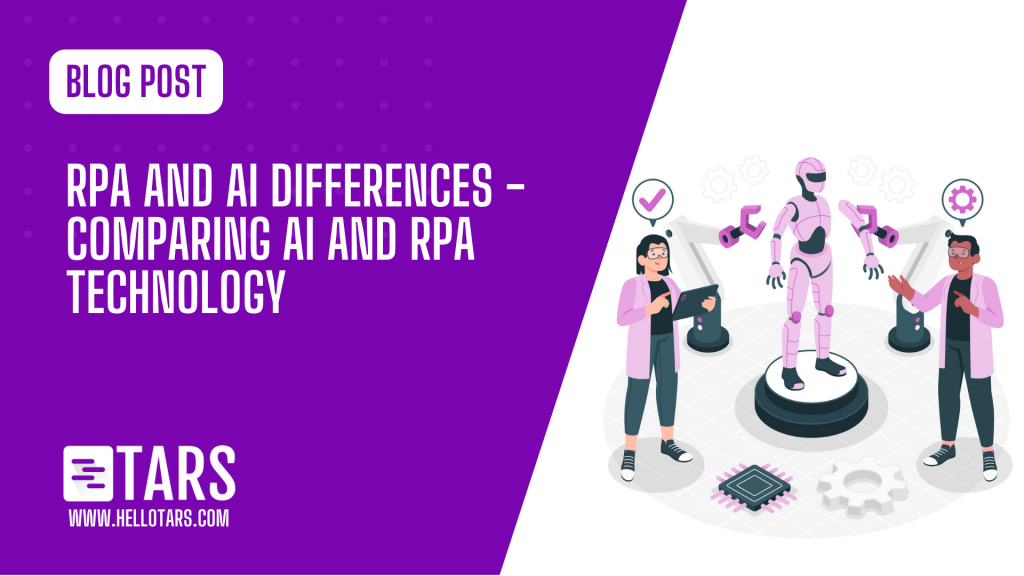
0 Comments on "RPA and AI Differences – Comparing AI and RPA Technology"